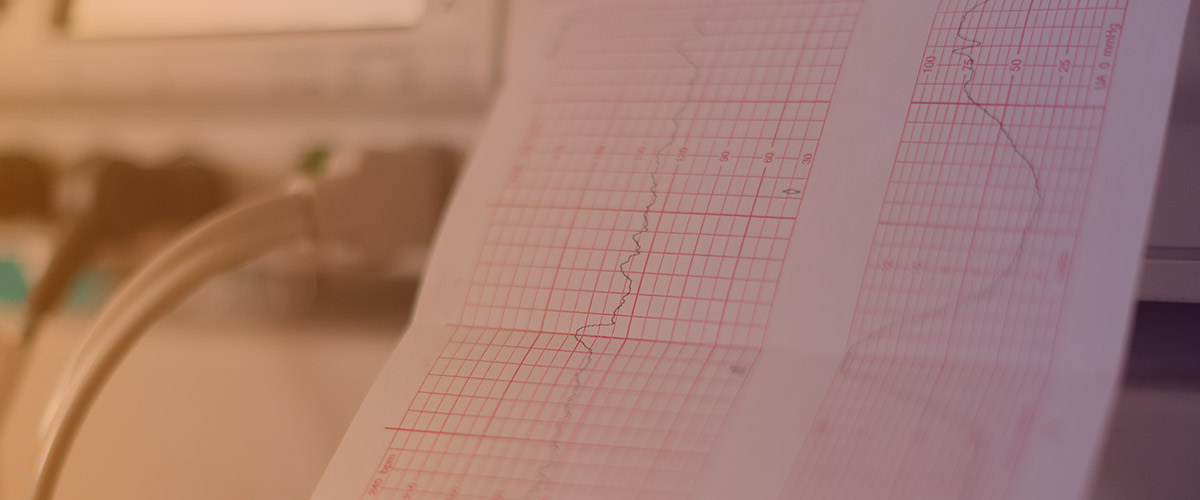Fetal monitoring and surveillance
What kind of fetal monitoring will happen while I am in labour?
Your baby may be monitored in a number ways. If you are a healthy woman having an uncomplicated pregnancy, your health care provider will likely listen to the baby’s heartbeat periodically and that may be all that is required. If you have an epidural, this may happen more frequently. This listening process is called intermittent auscultation. Research comparing intermittent auscultation with electronic monitoring has found no improvement in outcome for the babies. Electronic monitoring is associated with an increase in the chance of interventions including C-sections and the use of forceps, compared to intermittent auscultation. However, if you have risk factors or complications, you may have additional fetal monitoring, such as:
 Electronic fetal monitoring. This involves wearing belts with two plastic sensors. One sensor detects the baby’s heartbeat, and the other detects contractions. Both outputs are recorded on paper or a computer screen. This shows how the baby is doing during contractions and between contractions.
Electronic fetal monitoring. This involves wearing belts with two plastic sensors. One sensor detects the baby’s heartbeat, and the other detects contractions. Both outputs are recorded on paper or a computer screen. This shows how the baby is doing during contractions and between contractions.
Internal fetal heart monitoring. In most cases the external monitors described above are all that is used. Once your cervix is partially dilated and your membranes have ruptured, sometimes your baby’s heart rate may be monitored by attaching an electrode directly to his or her scalp. You may also have a small tube that measures contractions inserted into your uterus. These internal methods of monitoring are more precise than external electronic monitoring but are not usually required.
Fetal scalp stimulation. If electronic fetal monitoring reveals that your baby seems sleepy or is not moving as much as normal, you may undergo fetal scalp stimulation. This is where your health care provider will touch the baby’s scalp to see how the heart rate responds. The heart rate should speed up.
Fetal scalp blood sampling. In the event that your baby has unusual electronic fetal heart tracings and you are not just about to deliver the baby, a small sample of blood may be taken from the baby’s scalp. This sample is used to measure whether the baby is getting enough oxygen.
These forms of monitoring help your health care providers assess how well your baby is doing during labour. If the baby is not coping well with the normal changes that happen with contractions it will show up on the heart tracings recorded by the monitoring devices.

